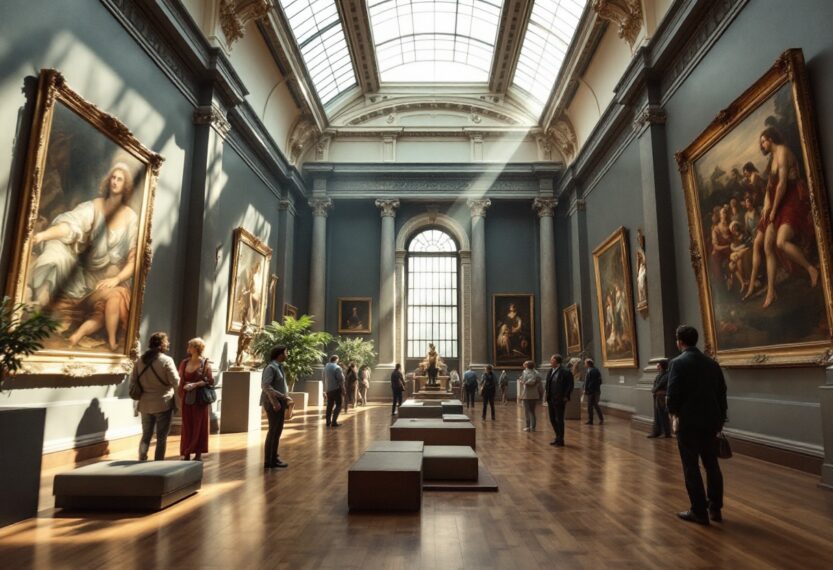In a surprising turn of events, the General Services Administration (GSA), the federal agency responsible for managing a vast portfolio of real estate and fine art, is undergoing significant restructuring that threatens the stewardship of its extensive art collection. The recent appointment of acting director Stephen Ehikian, a Silicon Valley entrepreneur with no prior experience in government or the arts, has raised alarms among art advocates and cultural preservationists.
Impact of leadership changes on art stewardship
Ehikian’s abrupt email announcing the dissolution of the GSA’s Center for Fine Arts has left many questioning the future of over 26,000 artworks, including significant pieces from American masters. The GSA has historically allocated a portion of its construction budget to commission and maintain artworks in its buildings, a practice that has enriched the cultural landscape of federal properties across the nation. However, with the recent layoffs and the shuttering of field offices, the care and preservation of these artworks are now in jeopardy.
Concerns over potential neglect and loss
As the GSA embarks on a path of cost-cutting measures, fears are mounting regarding the fate of movable artworks and site-specific commissions. Without dedicated staff to oversee these pieces, there is a genuine risk of damage, loss, or even looting. Jennifer Gibson, the former director of the Center for Fine Arts, has urged her team to retain documentation related to the artworks, emphasizing the need for continued stewardship amidst the chaos. The dismantling of the GSA’s arts programming is seen as part of a broader trend within the current administration that seeks to diminish support for the arts and culture.
The historical significance of the GSA’s art collection
The GSA’s art collection is not merely a collection of aesthetic objects; it represents a critical aspect of the nation’s cultural heritage. Established through the Art in Architecture program in 1972, this initiative has facilitated collaborations with some of the most renowned artists of the 20th and 21st centuries. From Louise Nevelson to Maya Lin, the artworks commissioned through this program have transformed federal buildings into vibrant cultural spaces. The potential neglect or sale of these works poses a significant threat to the public’s access to art and the preservation of the nation’s artistic legacy.
As the GSA navigates this tumultuous period, the implications of these changes extend beyond the agency itself. They reflect a broader ideological battle over the role of art in society and the importance of cultural investment in a democratic nation. The future of federal art collections hangs in the balance, and the call for advocacy and action has never been more urgent.




